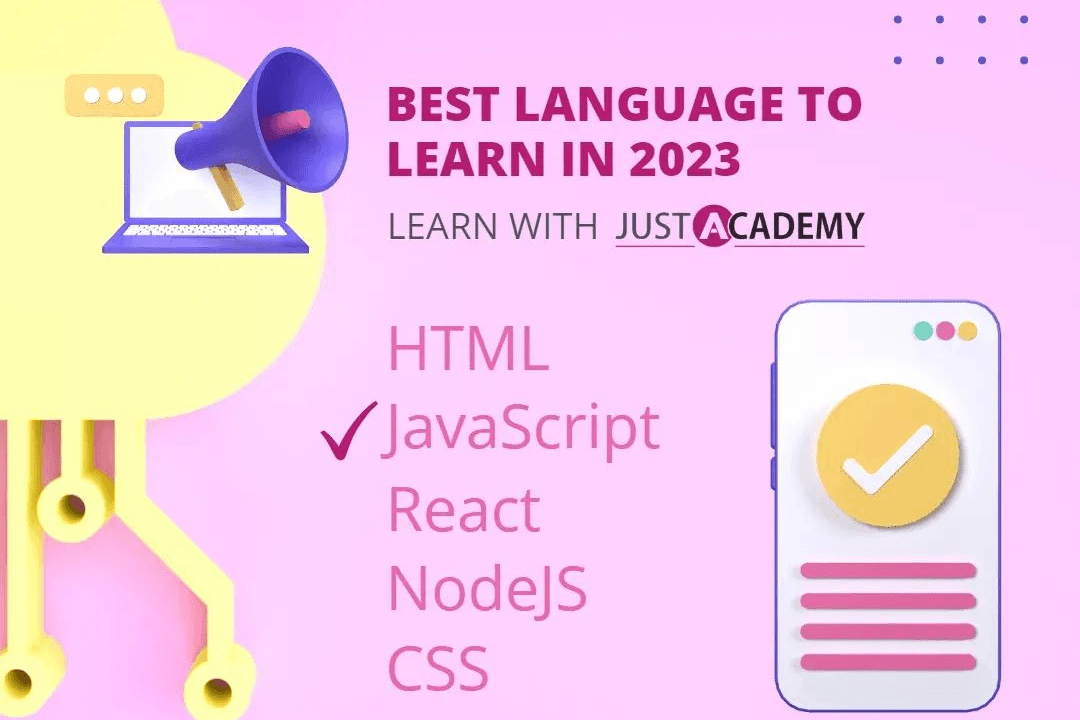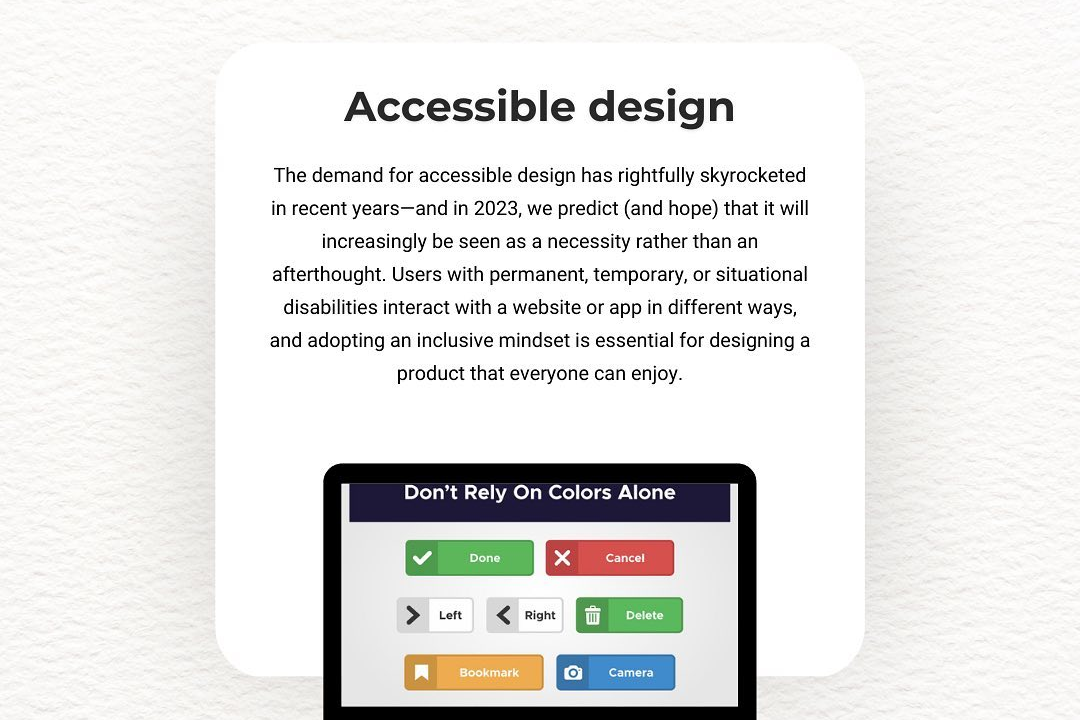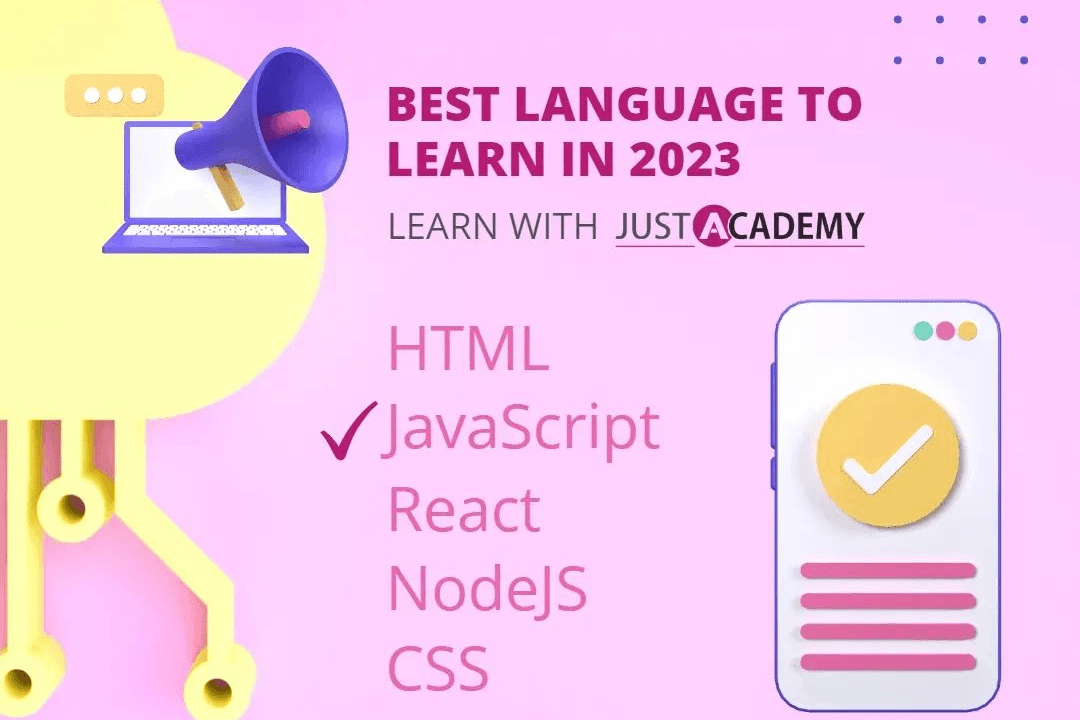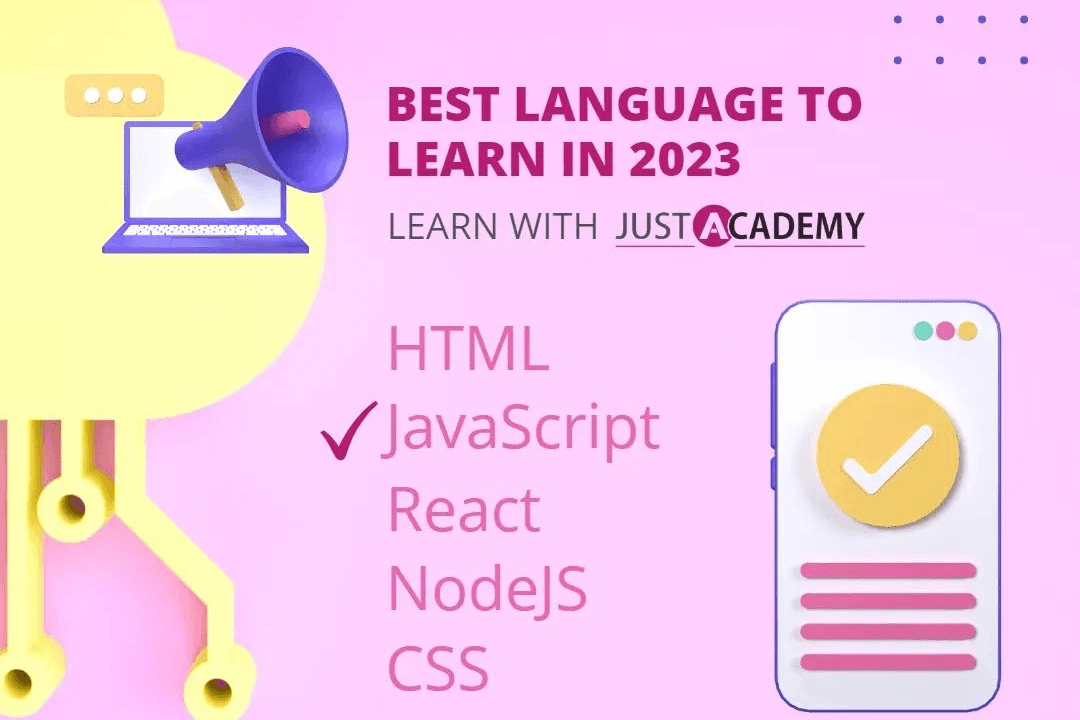Spring WebClient
Enhanced Asynchronous HTTP Client with Spring WebClient
Spring WebClient
Spring WebClient is a non-blocking, reactive web client introduced in Spring 5 as part of the Spring WebFlux framework. It is designed to facilitate asynchronous and reactive communication with HTTP servers and supports both synchronous and asynchronous requests. Unlike the older RestTemplate, which is blocking, WebClient offers a more modern, flexible API that allows developers to easily build RESTful clients that can handle streaming, multipart requests, and various data formats while effectively managing concurrency. By leveraging the reactive programming model, WebClient can handle a large number of requests efficiently, making it suitable for applications that require high throughput and low latency, especially in microservices architectures.
To Download Our Brochure: https://www.justacademy.co/download-brochure-for-free
Message us for more information: +91 9987184296
1 - Introduction to Spring WebClient: Explain that WebClient is part of the Spring WebFlux framework, designed for building non blocking and reactive web applications.
2) Reactive Programming: Discuss the basics of reactive programming and its importance in handling asynchronous data streams, which is a core concept behind WebClient.
3) Non Blocking Calls: Highlight that WebClient allows developers to make non blocking HTTP requests, freeing up resources and improving the scalability of applications.
4) Integration with Reactive Streams: Explain how WebClient integrates with Project Reactor's Flux and Mono types, enabling handling of multiple or single asynchronous results.
5) Functional API: Show how WebClient has a fluent, functional API that allows for cleaner and more readable code when making HTTP requests.
6) Testing: Discuss how WebClient provides easy to use testing support, including the ability to mock responses for unit tests using `WebClient.Builder`.
7) Customization and Configuration: Explain how developers can customize WebClient instances with default headers, timeout settings, and error handlers to suit specific application needs.
8) Error Handling: Cover the robust error handling mechanisms provided by WebClient, allowing developers to gracefully manage HTTP errors, timeouts, and connectivity issues.
9) Support for Various HTTP Methods: Explain that WebClient supports all standard HTTP methods: GET, POST, PUT, DELETE, PATCH, etc., and how to use each.
10) Sending JSON Data: Discuss how to easily convert Java objects to JSON and send them in requests using WebClient's built in support for serialization and deserialization.
11) Handling Responses: Emphasize how to handle responses as `Flux` or `Mono`, allowing for efficient processing of one or multiple results.
12) Interceptors: Explain how to implement custom interceptors for logging, metrics, or authentication, enhancing the functionality of the WebClient requests.
13) WebClient vs RestTemplate: Compare WebClient with RestTemplate, emphasizing the advantages of using the reactive approach with WebClient for modern applications.
14) Configuring SSL and Security: Discuss how to configure SSL for secure HTTP communications, including authentication, using an SSLContext if needed.
15) Integration with Spring Boot: Finally, explain how to easily integrate WebClient with Spring Boot applications, including auto configuration and starter dependencies.
These points will provide a foundational understanding of Spring WebClient and its capabilities within the Spring ecosystem, making it an excellent topic for a training program.
Browse our course links : https://www.justacademy.co/all-courses
To Join our FREE DEMO Session: Click Here
Contact Us for more info:
- Message us on Whatsapp: +91 9987184296
- Email id: info@justacademy.co












